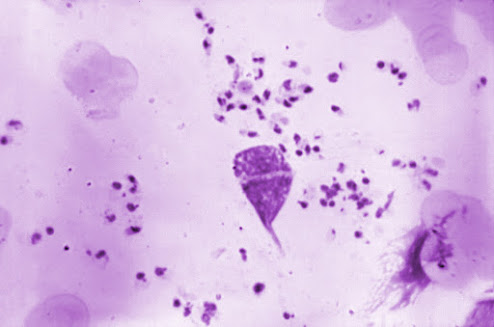.jpg) |
| SapienCE researchers have publiched a new study which provides vital information about how and when we may have started developing modern human identities. Image showing excavation at Blombos Cave, South Africa. Full Size Image Resized Image using AI by SFLORG Photo Credit: UiB, SapienCE |
The study, which is newly published in the Journal of Human Evolution, confirms previous scant evidence, and supports a multistep evolutionary scenario for the culturalization of the human body.
Eye-catching shells made into ornaments
The new study is conducted by Francesco d'Errico, Karen Loise van Niekerk, Lila Geis and Christopher Stuart Henshilwood. The significant findings provide vital information about how and when we may have started developing modern human identities.
“The discovery of eye-catching unmodified shells with natural holes from 100 to 73 ka confirms previous scant evidence that marine shells were collected, taken to the site and, in some cases, perhaps worn as personal ornaments before a stage in which shells belonging to selected species were systematically, and intentionally perforated with suitable techniques to create composite beadworks”, van Niekerk says.
Similar shells have been found in North Africa, other sites in South Africa and the Mediterranean Levant, which means that the argument is supported by evidence from other sites, not just Blombos Cave.

.jpg)














.jpg)